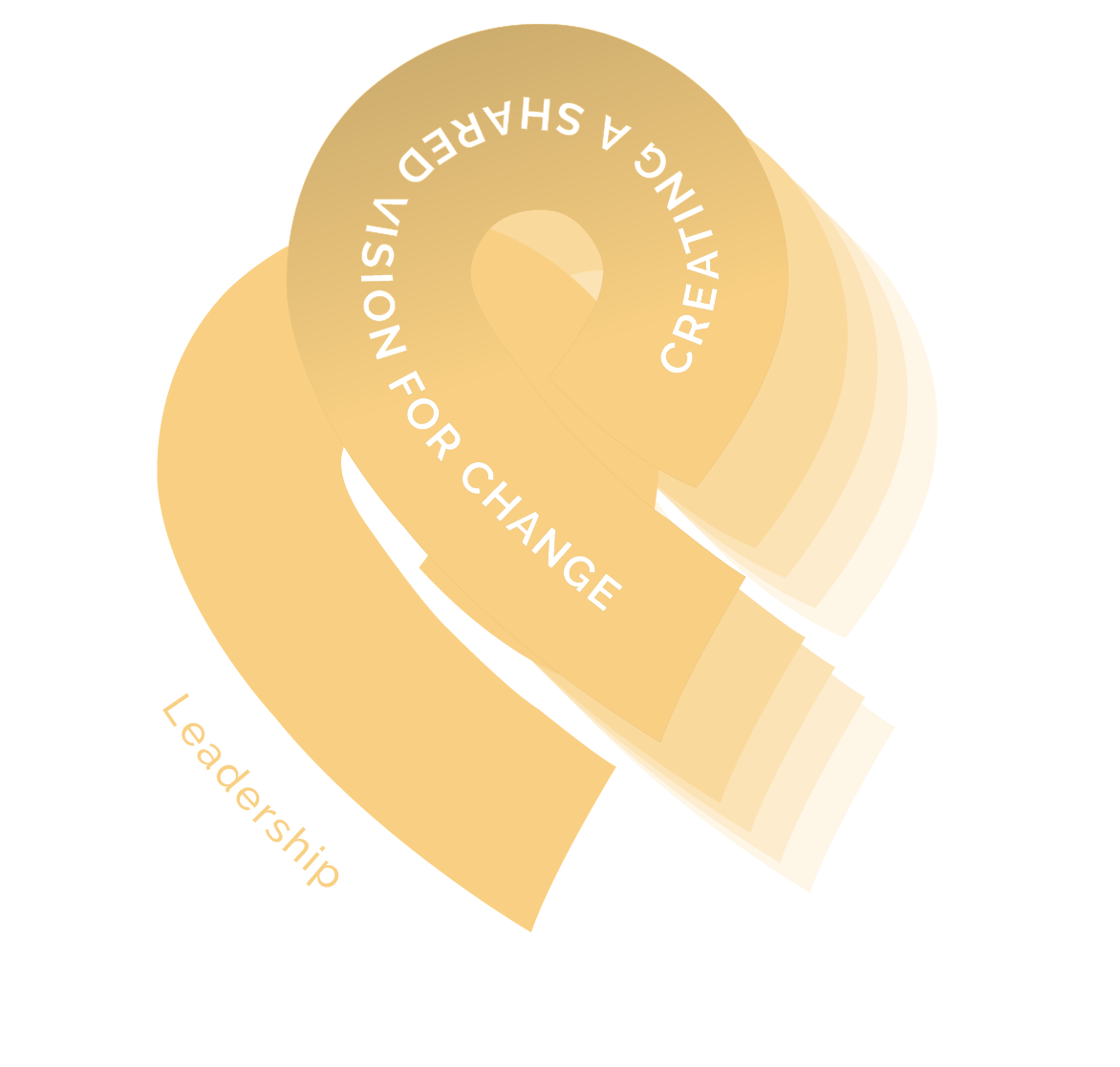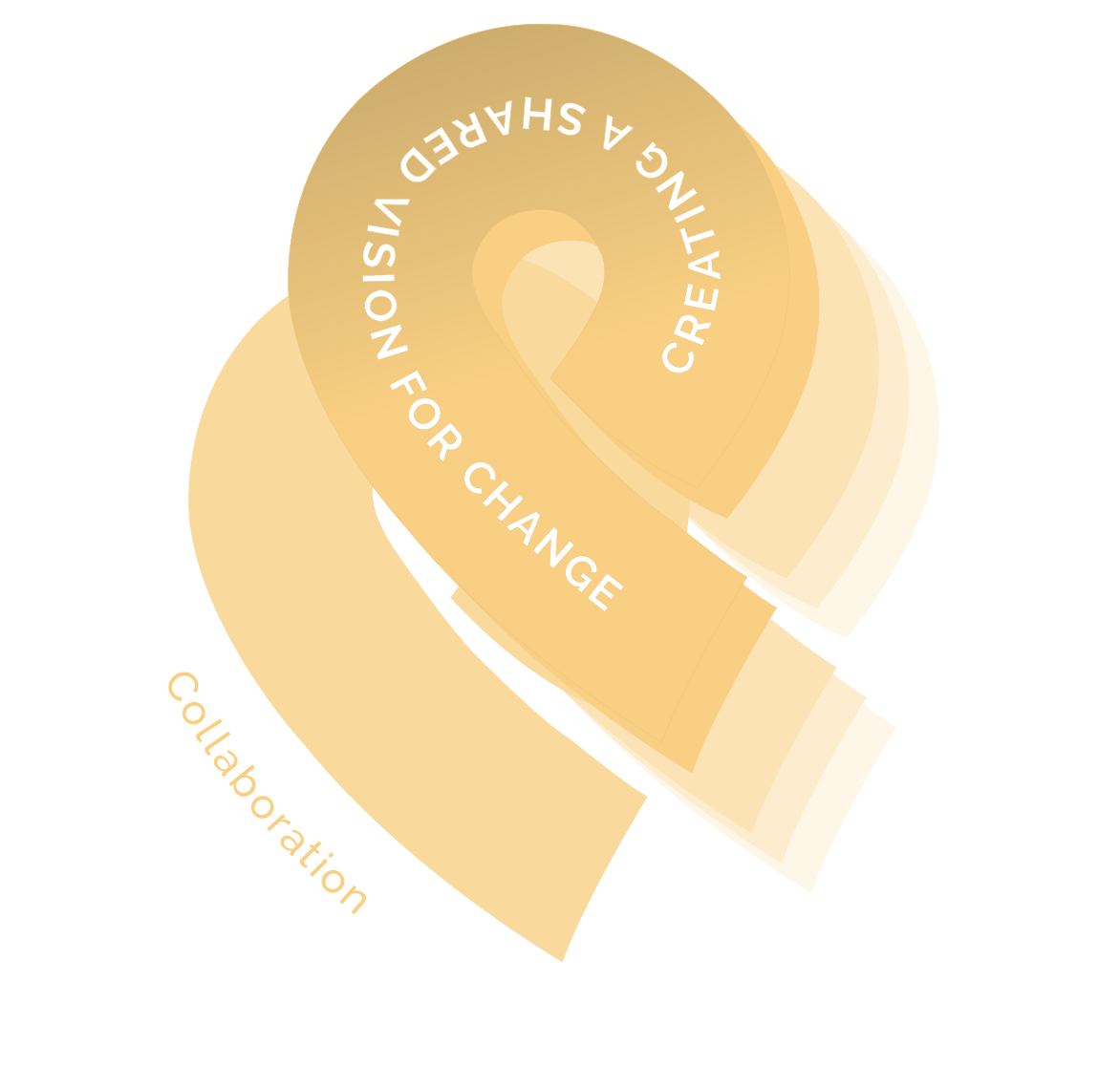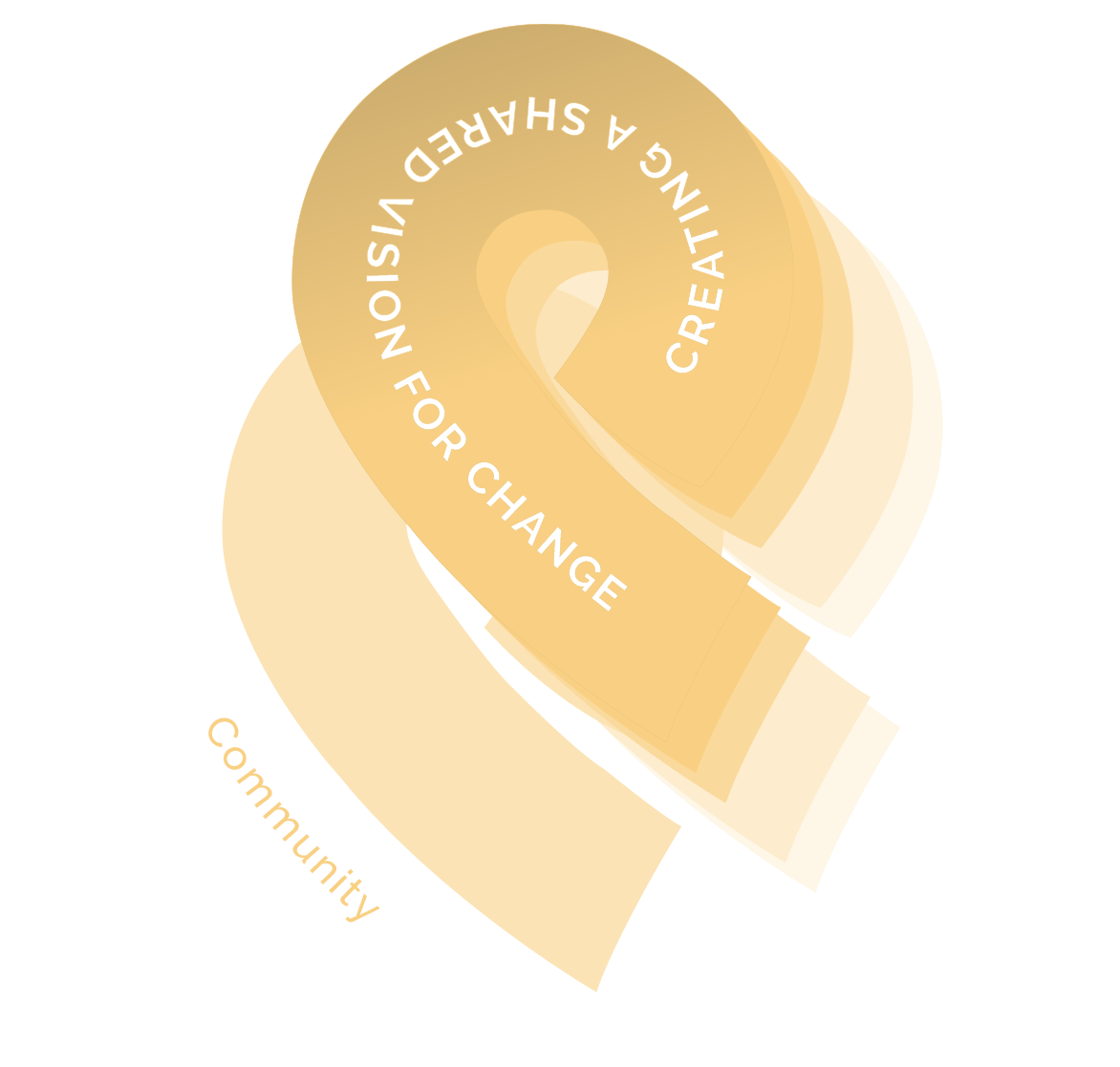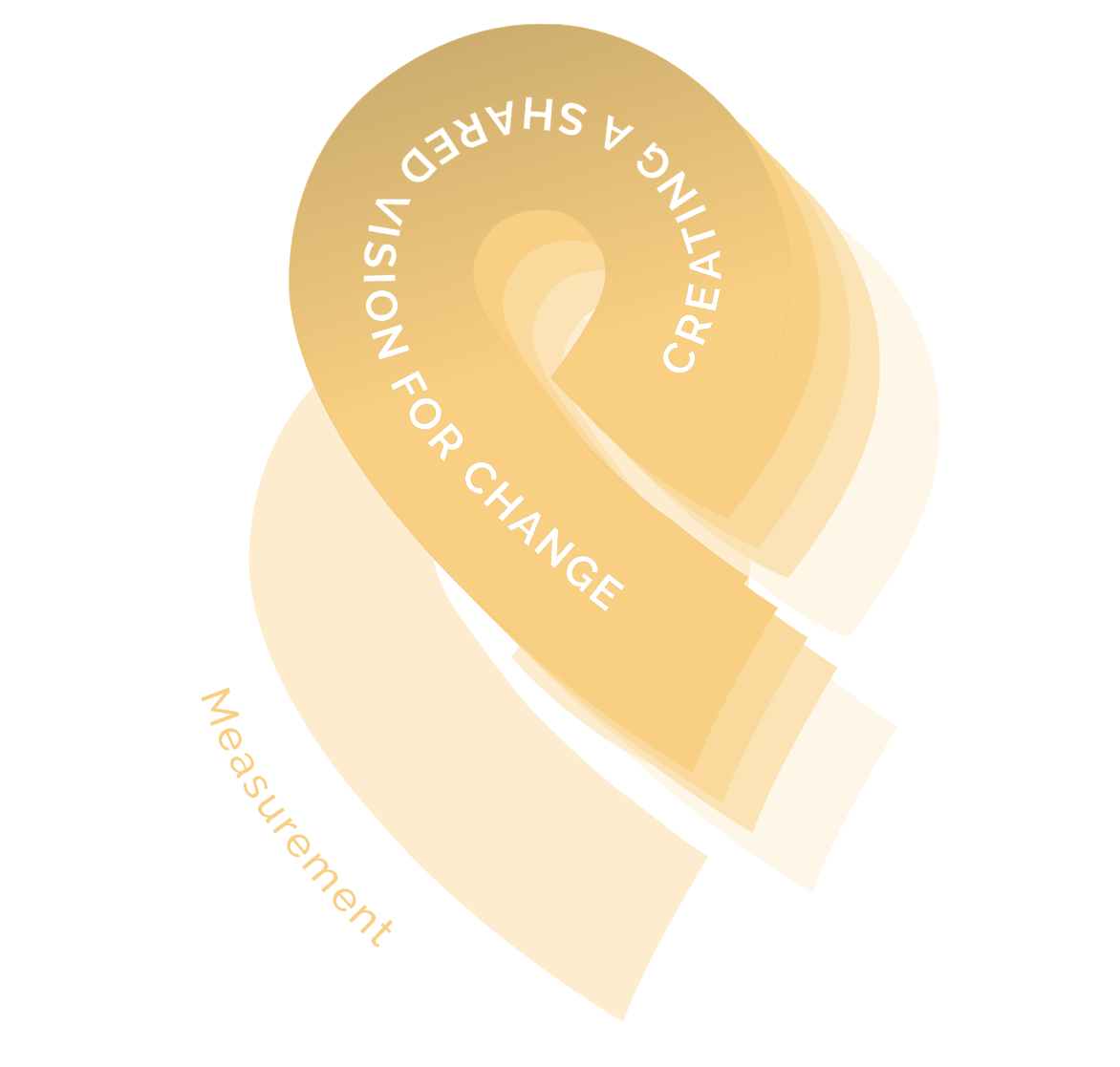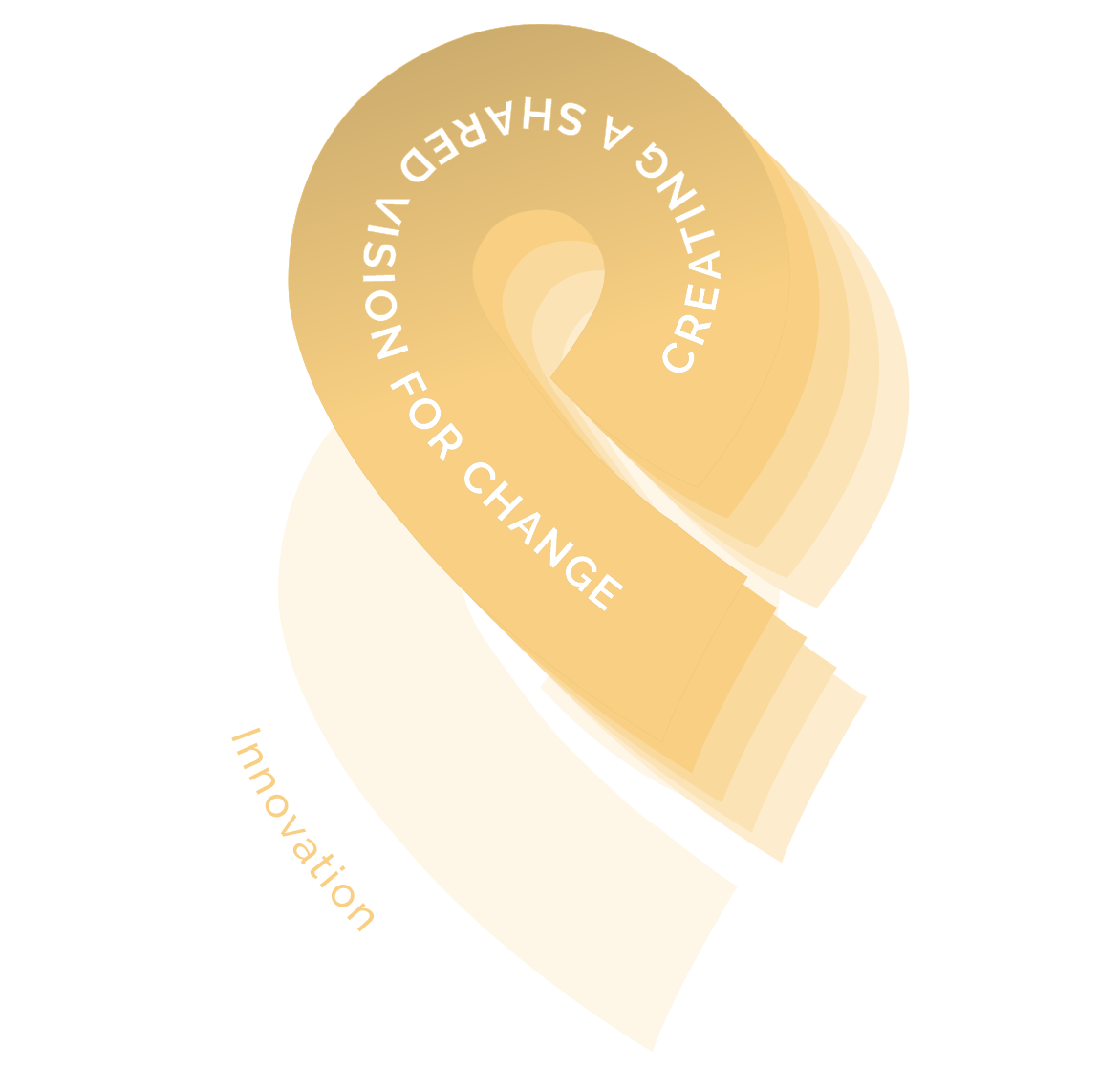Phase 3. Creating a Shared Vision
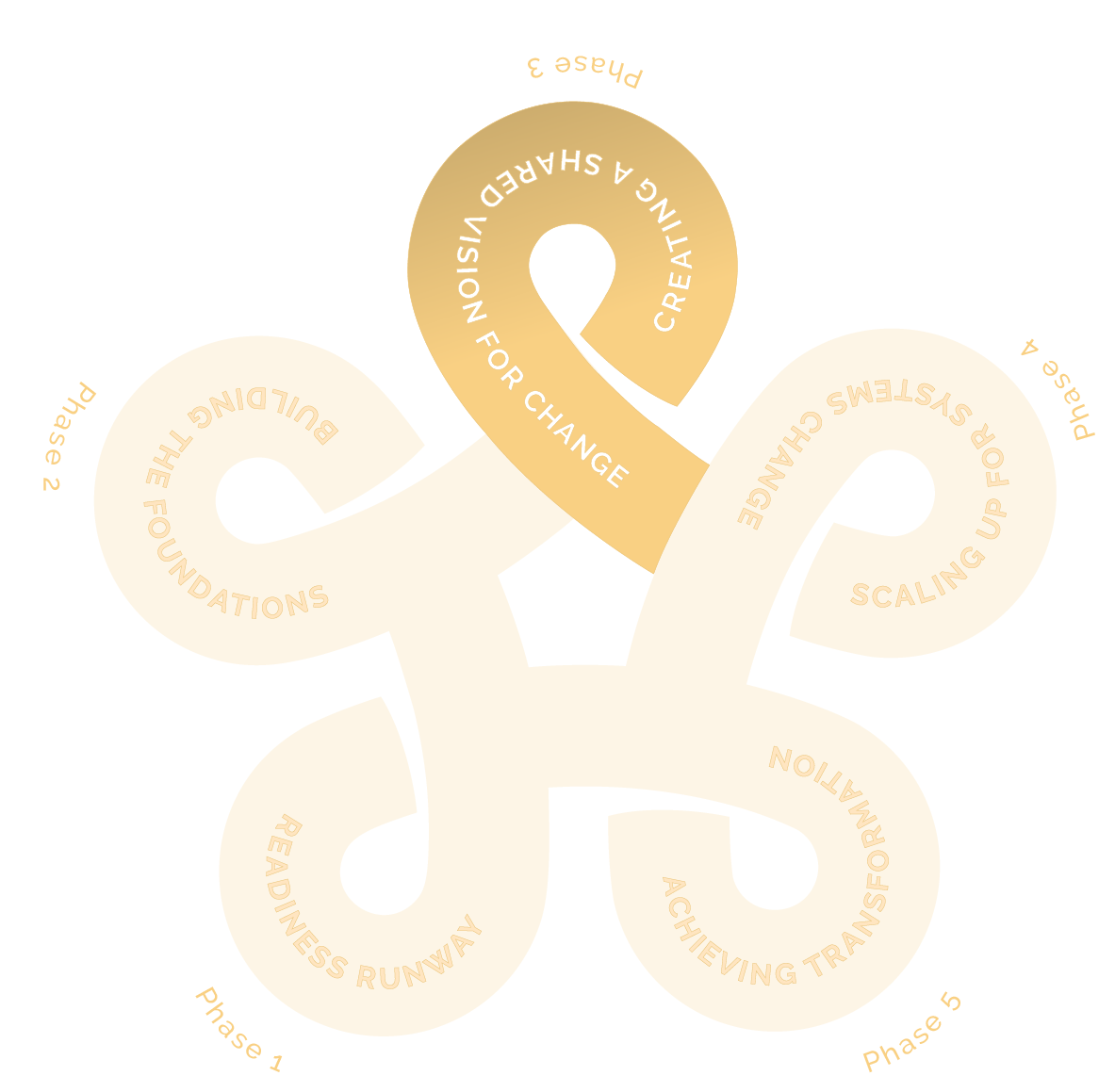
In the ‘Creating a Shared Vision for Change’ phase
You will be working to formalise the focus of your collaborative efforts, brokering agreement on an approach. The group would be confirming your common agenda by: agreeing on an issue to address and goals for change; articulating the ‘new way of working’ (or systems change) needed to achieve the goals; creating a roadmap for achieving those goals; identifying strategies that align with the agenda that have been demonstrated to work; and implementing new strategies based on testing and learning so far. At this stage it would be clear who will coordinate the work and there would be funding for some or all of the ‘backbone’ functions. At this stage, a leadership group would: be confirmed to ensure that it is clear how decisions are made; have diverse cross-sector membership including community: and include a Terms of Reference or other rules and processes to ensure good governance and transparency. This is also an important stage for ensuring that a measurement and learning framework has been developed to measure, evaluate and learn through the change agenda.
How do you know you are at the ‘Creating a Shared Vision for Change’ phase?
Some of the things you may see happening in your community include...
- Relationships are stronger and there is sufficient trust in the commitment to work differently.
- Community members feel they are critical partners in delivering long term change and are aware of what is going on and how they can get involved.
- Momentum is building, and consistent messages are emerging about the goal and approach to achieve it.
- There is broad cross-sector advocacy for the initiative and change goals, and a willingness to share resources and networks to move the issue forward.
- There is a focus on moving to agreement and action and community led initiatives are emerging.
- The agenda is being built out through assumptions being tested about the conditions that hold the problem in place - questions are openly asked; learnings are being gathered thorough early wins or test and try projects and a theory of change is being developed.
- Leaders are known by community and partners, are growing in their appreciation of each other’s individual strengths, and are beginning to collaborate with each other as a way of doing business.
- A 'backbone' entity is taking up a role in guiding the development of the agenda and facilitating learning.
- People are starting to explore how funds could be managed in a more holistic way. Partners are aligning resources to improve community-level outcomes and systems change goals.
- Partners are aligning resources to improve community-level outcomes and systems change goals and philanthropic organisations are committed partners in the change process.
Creating a Shared Vision Case studies

Role of Government
In the phase ‘Creating a Shared Vision for Change’ a common agenda is emerging together with a roadmap to guide the work. Purpose and roles are becoming clearer. You will be asked how government programs or services can be aligned to the agenda. The role of government in this phase includes: connector, influencer, champion, learner and funder.

Role of Philantropy
Being part of the agenda setting process is exciting. With the foundations of engagement, mapping and learning in place, there is an eagerness – even urgency – to agree a vision for change and shared goals. If you have been supporting the change process, you will likely be part of the agenda setting process.
Explore tools and resources
Find tools and resources relevant to each Phase and Layer of the Collaborative Change Cycle
Get help and support
Access support to help you in each Phase of the Collaborative Change Cycle
Find your crowd
Learn about and connect with other change initiatives around Australia
Change Cycle Locator Tool
Take the quick survey to work out where you are on your change journey and access information specific to your needs

